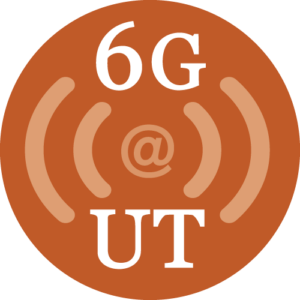Before March 2013, the members of the UT Austin Radionavigation Lab and the Cornell GPS Lab had never heard of the superyacht called the White Rose of Drachs… They did, however, know something relevant to superyachts and other high-value maritime and aviation assets: how to spoof their GNSS navigation systems and how to detect spoofing attacks… The spoofing and detection tests started in earnest on Friday morning, June 27th, off the southern coast of Italy… The Cornell spoofing detection system … correctly identified authentic GPS signals as such. It correctly identified spoofing attacks after the victim receiver had been dragged off to a false position and timing fix.
Continue reading the series of Cornell blog posts.










